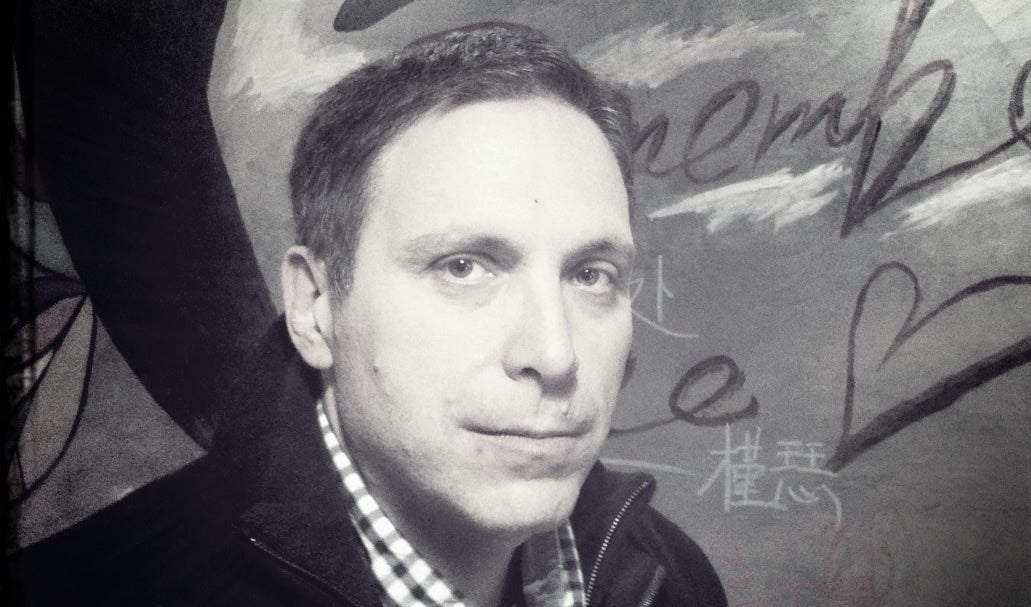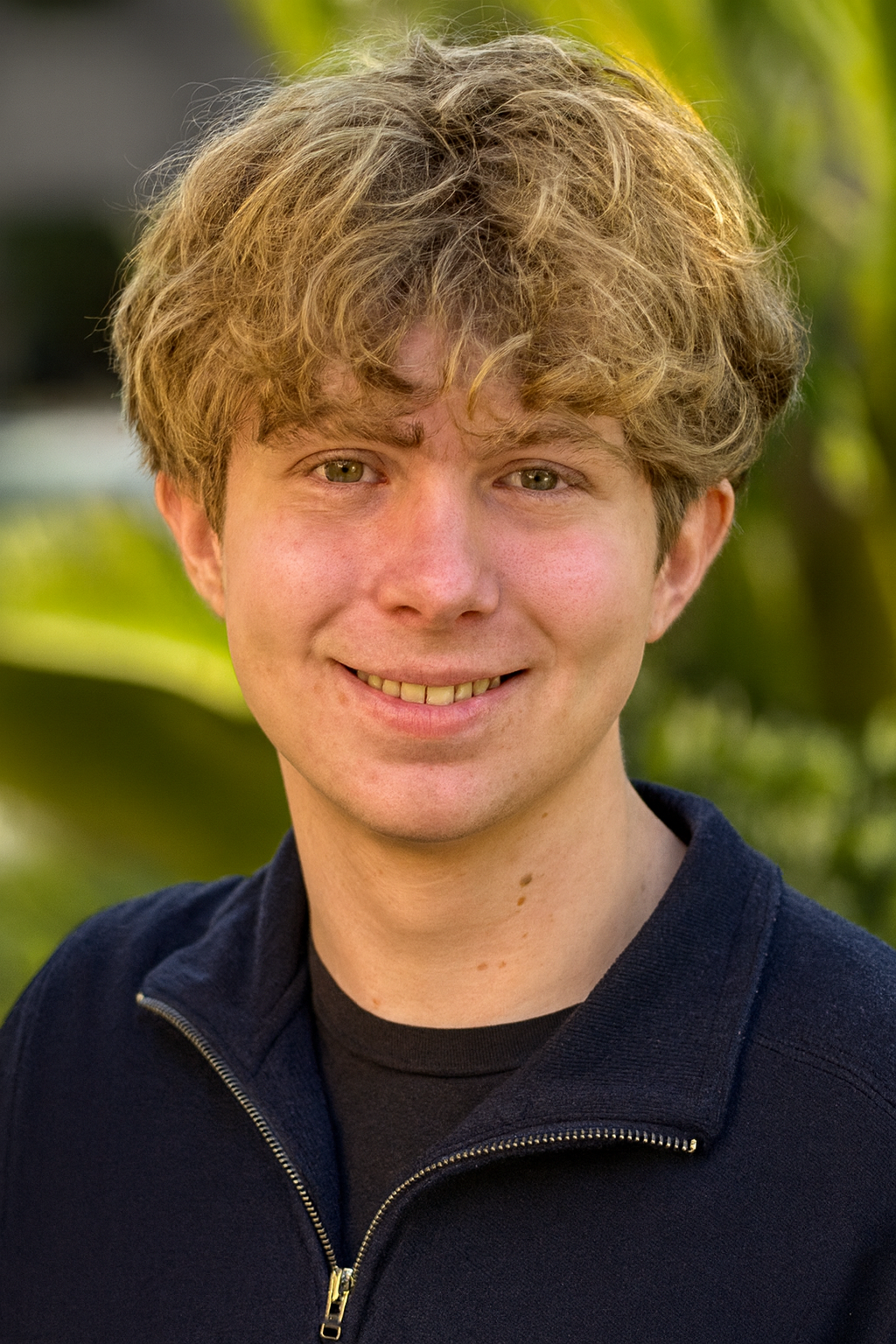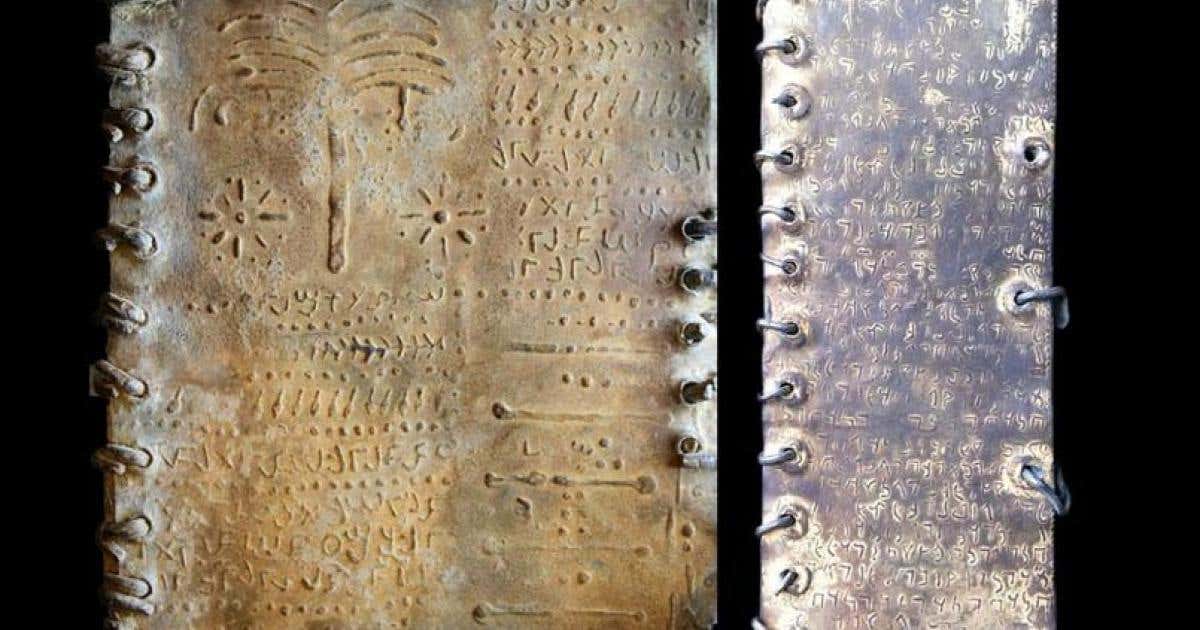The unexpected consequence of time travel: complete memory loss
A new study finds that time travel would feel less like an adventure and more like a reset you never notice.

 Edited By: Joseph Shavit
Edited By: Joseph Shavit

New study shows time loops force memory loss, entropy reversal, and strict physical resets. (CREDIT: Shutterstock)
For as long as people have looked for answers in the night sky, the idea of stepping into a machine and arriving in an earlier moment in time has kept our imagination alive.
But a new study offers a very different picture of what such a trip would actually feel like. Instead of grand adventures or dramatic changes to history, the research shows that the experience might look more like a quiet reset that you never even notice.
How a Time Loop Shapes Your Experience
The study explores what happens inside a spaceship that follows a closed timelike curve. In simple terms, this is a path through spacetime that loops back to the event where it began. These loops appear in certain solutions of Einstein’s field equations. They allow a traveler to return to the same moment they left.
You might expect that kind of path to let you walk into the past, meet a younger version of yourself, or carry memories across the loop. Instead, the researchers find that your internal world behaves in a way that keeps everything consistent. The physics inside the ship follows strict rules set by quantum mechanics. By the time the ship completes the loop, you end up exactly as you were at the start.
A Universe Where the Clock Turns Sideways
The authors place their thought experiment in a rotating universe with a Gödel-like geometry. In this setting, the angular direction of the loop acts as time for the passengers. Because this direction is periodic, the ship returns to the same spot after a full rotation. Quantum mechanics requires the internal state of the ship to do the same.
Wigner’s theorem links spacetime symmetries to the mathematical rules that govern quantum evolution. When this symmetry is applied to the loop, it forces a strict condition on the ship’s internal dynamics. After one complete circuit, the spaceship’s internal motion, energy distribution, and physical states must match their exact values from the start of the trip.
That single requirement wipes out famous time travel paradoxes. You can’t meet your future self or change your past actions because the physics inside the ship does not allow inconsistent histories. The beginning must match the end. Nature does the work of keeping the loop free of contradictions.
Why Energy Turns Into Evenly Spaced Steps
This symmetry creates a surprising effect. The study shows that every internal energy level inside the ship must fall into evenly spaced steps. These steps depend on the length of the loop. If the loop takes a long time, the steps are tiny. If the loop is fast, the gaps are large.
This means that any process inside the ship has to repeat exactly after one cycle. A vibrating molecule, a swinging pendulum, or even your heartbeat can only follow rhythms that fit perfectly into the loop. If they don’t, those rhythms simply can’t exist.
Even clocks behave differently. A reliable clock must tick an exact whole number of times during the loop. If the loop period isn’t an even number of seconds, a second-based clock would develop microscopic faults to stay in sync. These changes wouldn’t be visible to you, but they guarantee that your clock resets at the end of the loop like everything else.
How Entropy Creates Two Arrows of Time
The direction of time usually comes from entropy. When disorder increases, time moves forward. That rule still holds inside the ship, but a closed timelike curve places limits on how entropy behaves.
Because the system must return to its starting point, entropy cannot rise forever. The curve must contain a lowest-entropy event and a highest-entropy event. From the low point, entropy increases toward the high point in both directions. The loop acts like two paths that start at the same moment and move away from it.
Lorenzo Gavassino, a mathematician at Vanderbilt University, explains this clearly. “Beyond this point, all thermodynamic processes (including biological processes such as memory formation and aging) are reversed.”
That reversal happens because the system is forced to retrace its steps. Everything from body chemistry to the way your brain forms memories must unwind.
What Happens to Your Memory Inside the Loop
The most personal effect might be the one that strikes closest to home. Memories cannot survive the loop. If you write down a note, learn a fact, or even age during the journey, those changes fade as the loop approaches its end. Your body and brain must return to their original state.
From your view, nothing has happened at all. You enter the ship, complete the circuit, and arrive at the same moment without holding any memory of the trip. The computer systems, handwritten notes, and even atomic clocks inside the ship experience the same wipe. Everything resets.
Moments Without a Cause
The loop also allows unusual events near the lowest-entropy point. Because the system must start in a specific state, structures and people can appear without ordinary causes. These events reflect what physicists call Poincaré recurrence: a finite system will eventually return to earlier states. A closed timelike curve makes these rare recurrences arrive on schedule.
This mechanism explains why meeting your older self is not possible. If two versions of you appear at the loop’s start, the older one did not live through your timeline. Instead, he would be a fluctuation with memories that feel real, even though they have no connection to your actual past.
A Different Kind of Time Travel
The study does not claim that these loops exist in the real universe. Stephen Hawking’s chronology protection idea suggests nature may block them. But the work lays out what would happen if such loops were possible.
The answer is simple. Quantum mechanics keeps the loop tidy by enforcing energy quantization, entropy reversal, memory erasure, and full self-consistency. Instead of stepping into a past that you can reshape, you experience a cycle that ends where it began. You also lose every trace of the journey.
Practical Implications of the Research
Although closed timelike curves might never exist in nature, the study helps researchers explore how quantum rules behave in extreme settings. It clarifies what self-consistency means in spacetime and strengthens our understanding of how entropy and memory work in closed systems.
These insights could guide future studies of quantum gravity, information theory, and the limits of physical law. They also help refine how scientists think about paradoxes, causality, and the structure of time itself.
If future theories uncover ways to bend spacetime safely, understanding these constraints may shape how we build and protect systems in those environments.
Research findings are available online in the journal General Relativity and Quantum Cosmology.
Related Stories
- Quantum breakthrough enables scientists to reverse the flow of time
- Quantum networks could unlock the secrets of time and gravity
- Why does time seem to move faster as we age?
Like these kind of feel good stories? Get The Brighter Side of News' newsletter.
Joshua Shavit
Science & Technology Writer and Editor
Joshua Shavit is a Los Angeles-based science and technology writer with a passion for exploring the breakthroughs shaping the future. As a co-founder of The Brighter Side of News, he focuses on positive and transformative advancements in AI, technology, physics, engineering, robotics and space science. Joshua is currently working towards a Bachelor of Science in Business and Industrial Engineering at the University of California, Berkeley. He combines his academic background with a talent for storytelling, making complex scientific discoveries engaging and accessible. His work highlights the innovators behind the ideas, bringing readers closer to the people driving progress.



